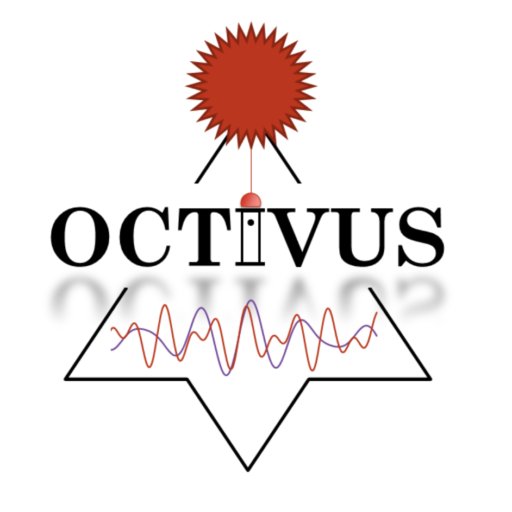
Figure 1. Atherosclerosis in the coronary artery
The PROBLEM
More than 20 million people suffer from atherosclerosis which causes coronary artery disease (CAD) and acute coronary syndrome (ACS). Cardiovascular diseases have the highest rate of fatalities and account for 30.8 % of all deaths in the United States. Cardiovascular diseases claim more lives than the combination of all other types of cancers and the cost of treating cardiovascular diseases is more than $320 billion each year. Detection of these diseases is a vital component within the medical industry and is in dire need of reliable medical devices that not only can accurately diagnose such diseases but also do so within a reasonable budget.
THE SOLUTION
One of the current imaging technologies is intravascular ultrasound (IVUS). IVUS
provides a direct visualization of vessel walls creating an advancement in clinical
research by creating a better perspective of what is going on in the artery because
of the deeper imaging penetration into the vessel. However, IVUS is limited to low
resolution. The other imaging technique is optical coherence tomography (OCT).
This technique offers new insights into the microstructure of atherosclerosis and
tissue responses of stent implants. OCT provides a high resolution as well as a
faster signal acquisition but shallow penetration.
OUR STATEMENT
To accurately and consistently provide improved real-time intravascular imaging to better diagnose atherosclerosis as well as other cardiovascular diseases.
